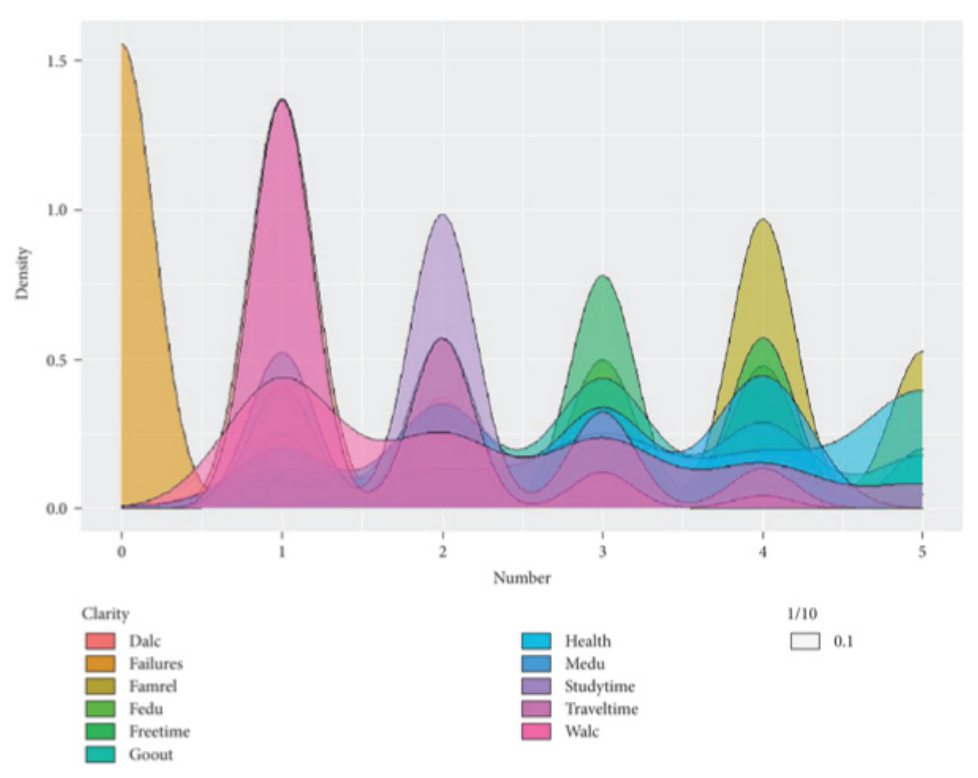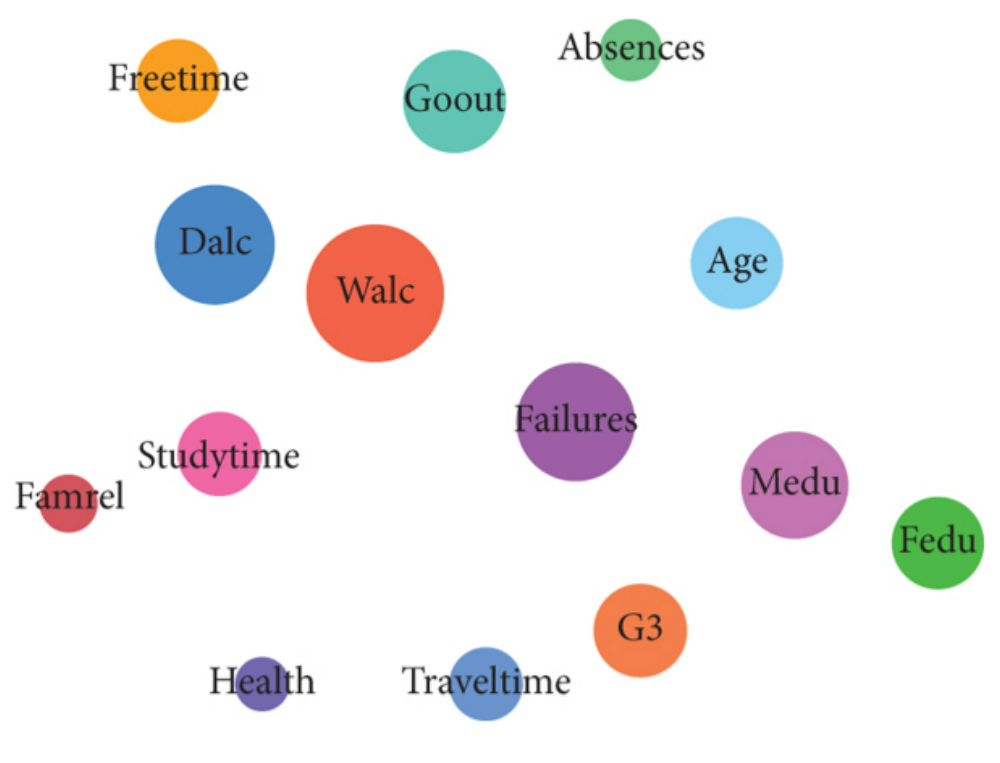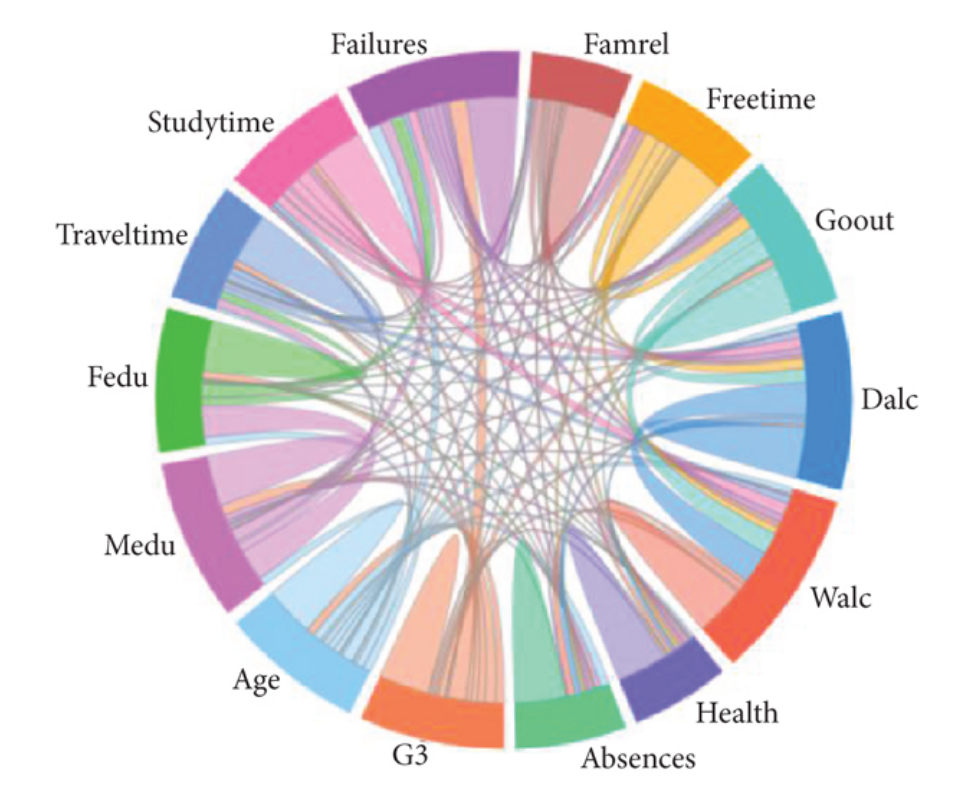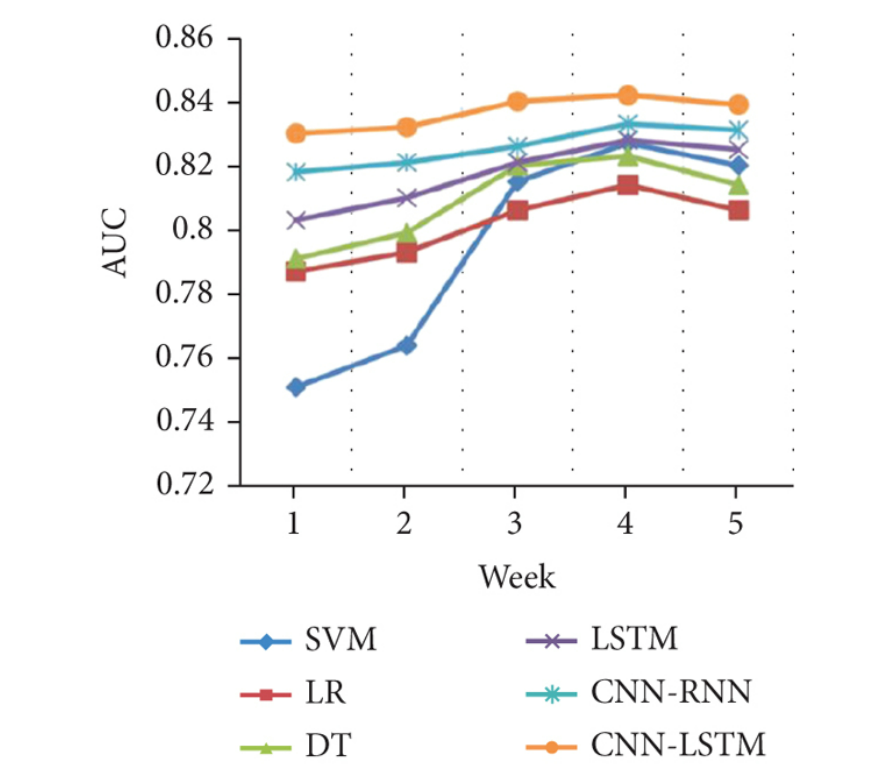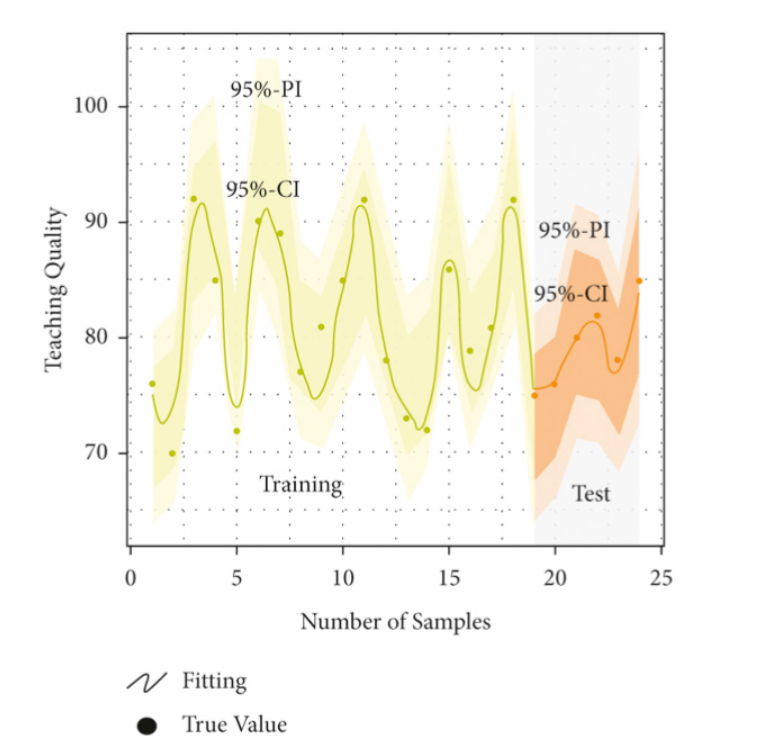 An open access journal
An open access journal
The Power of Arts Integration: Enhancing Learning Across the Curriculum
Abstract
This paper examines the power of arts integration as a pedagogical approach to enhance learning across the curriculum. Drawing on interdisciplinary literature from education, psychology, and the arts, the paper explores how incorporating arts-based activities and experiences into academic subjects can deepen students' understanding, engagement, and retention of content knowledge. It discusses the theoretical underpinnings of arts integration, including constructivist learning theory, multiple intelligences theory, and brain research on the arts and cognition. The paper highlights the potential of arts integration to promote creativity, critical thinking, and problem-solving skills, as well as to foster social-emotional development and cultural understanding. Through case studies and examples, the paper showcases successful arts integration initiatives in diverse educational contexts, including elementary schools, secondary schools, and informal learning settings. It examines different models of arts integration, such as thematic units, arts-infused instruction, and interdisciplinary collaborations, and discusses best practices for implementing and assessing arts-integrated curriculum units. Additionally, the paper addresses challenges such as teacher training, curriculum alignment, and resource allocation, and proposes strategies for overcoming these barriers to maximize the benefits of arts integration for all students.
Share and Cite
Article Metrics
References
- Catterall, J. S. (2012). Doing Well and Doing Good by Doing Art: The Effects of Education in the Visual and Performing Arts on the Achievements and Values of Young Adults. Arts Education Policy Review, 113(3), 205-213.
- Eisner, E. W. (2002). The Arts and the Creation of Mind. Yale University Press.
- Fiske, E. B. (1999). Champions of Change: The Impact of the Arts on Learning. Arts Education Partnership.
- Hetland, L., Winner, E., Veenema, S., & Sheridan, K. M. (2007). Studio Thinking: The Real Benefits of Visual Arts Education. Teachers College Press.
- Seidel, S., & Faust, G. W. (1999). Arts PROPEL: A New Approach to Arts Education. Teachers College Press.
- Sizer, T. R., & Sizer, N. F. (1999). The Students Are Watching: Schools and the Moral Contract. Beacon Press.
- Upitis, R. (2009). Learning Through the Arts: Lessons of Engagement. Canadian Journal of Education, 32(2), 265-290.

